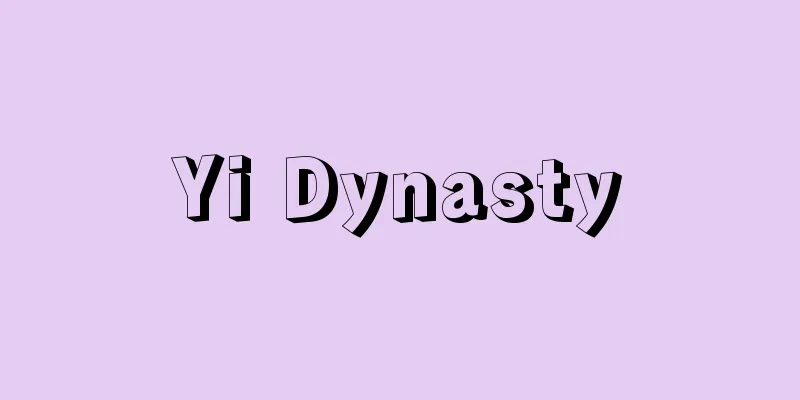Bingata - Bingata

|
It is a traditional Okinawan dyeing technique that is said to have originated in Shuri and Urasoe, ancient Ryukyu Kingdom, where it was used as ceremonial attire for women and for clothing during Shinto rituals, using the suri-ire technique. Originally, Bingata was only worn by those of the samurai class or above. Furthermore, there were restrictions on the color, design, and size of the pattern depending on one's status, with yellow backgrounds and large patterns (large patterns) that spanned the length of the kimono's seams being only available to royalty, the next largest being available to nobles and above, and the lower the samurai's status, the smaller the patterns they could wear. The cloth is mainly made of cotton or linen, but sometimes silk is used. Paste is applied to the cloth using stencil paper, and then color is added with pigments and dyes. The vibrant colors are full of the bright, southern island atmosphere. Some of the patterns are clearly from the mainland, some are heavily influenced by it, and some are Chinese-style woven designs transferred to stencil dyeing, but these are skillfully combined with unique Okinawan elements to create the so-called Bingata style. Bingata usually refers to stencil dyeing, but in Okinawa there is also a hand-painted Yuzen-style dyeing method in which paste is applied by hand and patterns are dyed on large wrapping cloths and curtains, which is also considered to be included in the category of Bingata. After the main island of Okinawa was devastated in 1945 (Showa 20), the survival of this traditional dyeing technique was in doubt. However, thanks to the extraordinary efforts of enthusiastic mid-career artists, it was gradually revived, and once again, as a dyeing technique representative of Okinawa, it is used in a wide range of applications, including not only clothing but also interior decorations and furnishings, and the demand for it has increased. The main features of the Bingata technique are as follows. (1) Sketch The design often incorporates scenery from all four seasons into a single Bingata design, exuding the easygoing nature of Okinawans and the unique fragrance of the tropics. (2) Stencil The stencil is placed under the stencil and carved with a small knife along the sketch. This technique gives the warmth of hand carving and is also a characteristic of Bingata, as it gives a three-dimensional effect. There is also the characteristic of a single stencil, where the glue is applied, color is added, and shading is done with a single stencil, no matter how colorful the pattern. (3) Stencil Placement A dye-resistant paste made from a mixture of rice bran and glutinous rice is placed on top of the cloth with the stencil placed on it. In Tsutsuhiki (hand-drawn) which does not use a stencil, the glue is pushed out from the tip of a tube in a glue bag and hand-drawn, so the finished product has a powerful impact that cannot be seen with stencils. (4) Coloring: Pigments are mainly used for dyeing, and coloring is applied to the patterned parts. (5) Kumadori: After coloring, the rule is to apply a gradation dyeing technique called kumadori on top of it. This kumadori technique tightens the overall design and helps to enhance the three-dimensional effect. [Eiko Kamiya] "Bingata" edited by Tonakina (1980, Kyoto Shoin)" ▽ "Bingata" edited by Ai Shobo (1976, Tairyusha) ▽ "Bingata/Aigata" by Urano Riichi (1975, Bunka Publishing Bureau) ©Okinawa Convention and Visitors Bureau "> Bingata ©Okinawa Convention and Visitors Bureau "> Coloring of Bingata Source: Shogakukan Encyclopedia Nipponica About Encyclopedia Nipponica Information | Legend |
|
沖縄の伝統染色で、古く琉球(りゅうきゅう)王府の首里(しゅり)や浦添(うらそえ)を中心に、婦人の礼装、また神事のおりの服装として、摺(す)り入れの技法で染められたのがその起源といわれる。紅型は、もとは士族階級以上の人たちでなければ着られなかった。さらに、色や図柄、文様の大きさにも身分による規制があり、黄色地や、一つの模様の大きさが着物の縫い目を渡って構成される大模様(大柄)は王族のみ、次の大きさは貴族以上、士族は身分が低くなるほど小柄のもののみ着用できるというものであった。 裂地(きれじ)は、木綿、麻が主で、ときには絹が用いられ、それらの裂地に型紙を用いて糊(のり)を置き、これに顔料(がんりょう)や染料で彩色を加えた染物である。そのはでやかな色づかいは、明るい南の島の風土的な趣(おもむき)があふれている。模様には、明らかに本土から伝わったもの、その影響の多いもの、また中国風な織り文様を型染めに移したものもみられるが、それらと沖縄独得のものとが巧みに一体となった、いわゆる紅型調ができあがっている。紅型というと、通常この型染めをさすが、沖縄には、このほかに、手描きで糊を置いて、大形の風呂敷(ふろしき)や幕などを模様染めする手描き友禅風な染色があり、これも紅型のなかに含めていわれる。この伝統的な染色も、第二次世界大戦で沖縄本島が荒廃した1945年(昭和20)以降、その技術の存続も危ぶまれたが、さいわい熱心な中堅作家たちの並々ならぬ努力によってしだいに復興し、ふたたび沖縄を代表する染色として、衣料はもとより、室内装飾や調度品など広範囲に及び、その需要も多くなった。 紅型技法の主要な特色としては、次の諸項があげられる。(1)下絵 図案は、季節を問わない四季の風物が、一枚の紅型図案に組み込まれることが多く、沖縄人のおおらかさと、南国特有の芳香が漂っている。(2)型紙 型紙の下にルクジュ(豆腐を陰干ししたもの)を当てがい、下絵に沿って小刀で突き彫りする。この技法は、手彫りの温かさを感じさせ、さらには立体感を与える紅型の特徴にもなっている。また一枚型の特徴があり、どのように多彩な模様も一枚の型紙で、糊置き、色差し、ぼかしを行う。(3)型置き 糠(ぬか)と糯米(もちごめ)とを混ぜた防染糊を、型紙を当てがった裂地の上に置く。型紙を使わない筒引き(手描き)は、糊袋の筒先から糊を押し出し、手描きで行うため、型紙ではみられない力強い迫力が染め上がった製品に現れる。(4)色差し 染色は顔料をおもに用い、模様の部分に色差しを行う。(5)隈(くま)取り 色差しのあと、その上に隈取りというぼかし染めを施すのが原則になっている。この隈取りの技法は図案全体を引き締めて、立体感を盛り上げるのに役だっている。 [神谷栄子] 『渡名喜名編『紅型』(1980・京都書院)』▽『藍書房編『紅型』(1976・泰流社)』▽『浦野理一著『紅型・藍型』(1975・文化出版局)』 ©沖縄観光コンベンションビューロー"> 紅型 ©沖縄観光コンベンションビューロー"> 紅型の色挿し 出典 小学館 日本大百科全書(ニッポニカ)日本大百科全書(ニッポニカ)について 情報 | 凡例 |
Recommend
Governor of the River Channel (English: he-dao-zong-du; ho-tao-tsung-tu)
During the Ming and Qing dynasties in China, the h...
Fuji Asama Mono - Fujiasama Mono
It is a type of puppet theater and kabuki script. ...
Jenkins, GM (English spelling) JenkinsGM
...Whether the ultimate goal of the analysis is p...
Srong btsan sgam po
581‐649 King who founded the ancient kingdom of Ti...
Catopsilia pyranthe
A butterfly of the family Pieridae in the order Le...
Mo You-zhi (English spelling)
[Born] 1811 [Died] 10th year of Doji (1871) A Chin...
Kanto Basin Creation Movement
...The plateau is extremely flat, but the elevati...
Student record - Gakusekibo
This is a public register that records the enroll...
Gido Shushin
Year of death: 1388.5.10 (4/4) Year of birth: Medi...
accounts receivable
It is recorded in the assets section of the debit ...
Yamamuraza
The name of a theater in Edo. It is said to have ...
Angaria
…In 1934, German geologist H. Stille defined five...
EDP Accounting - EDP Accounting
...An accounting system that uses computers, also...
Aubrey, John
Born March 12, 1626, Percy of Easton, Wiltshire [D...
Mafic rock - Mafic rock
This refers to rocks that contain a lot of mafic m...


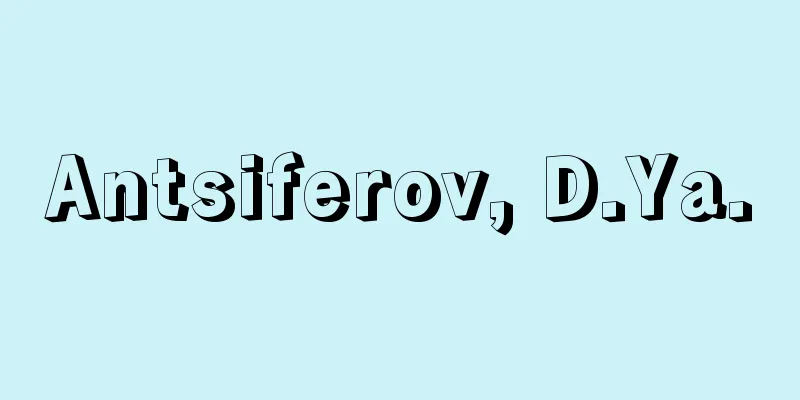
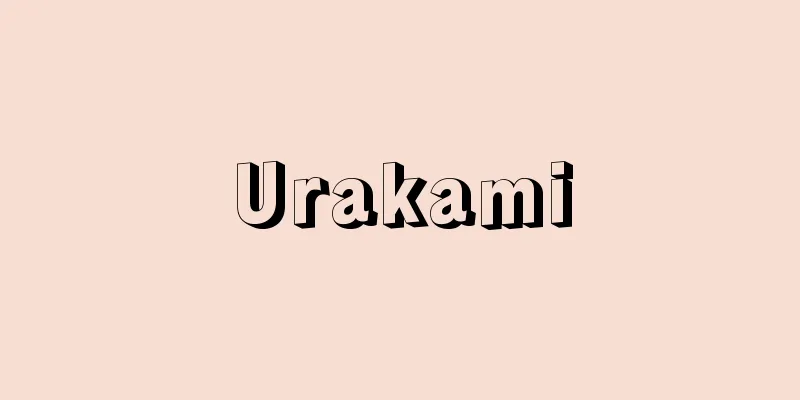


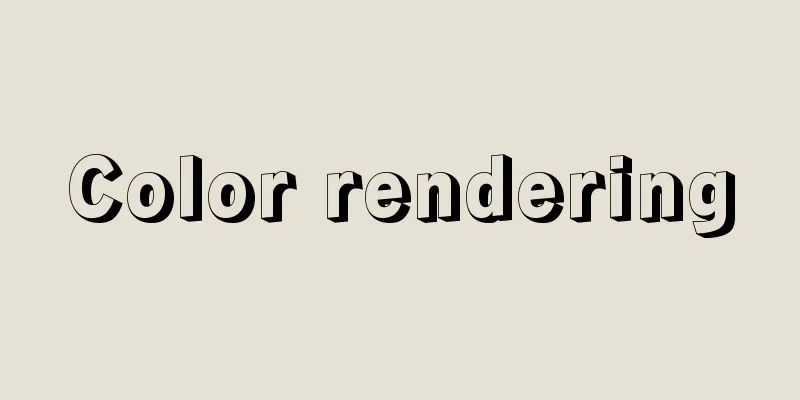
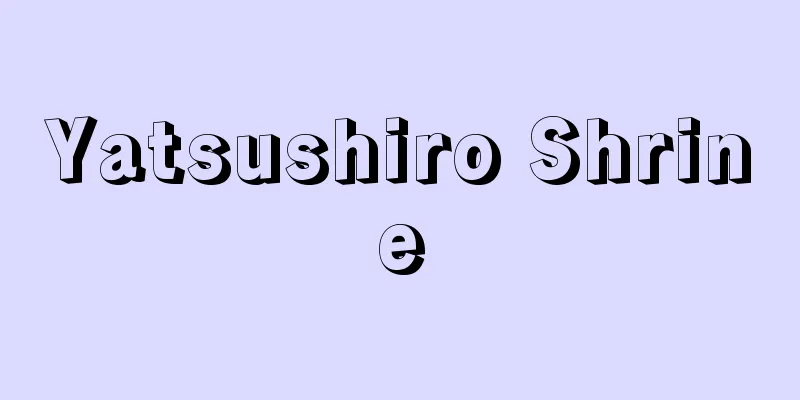
![Mizumaki [town] - Mizumaki](/upload/images/67ccf169ed1b5.webp)
